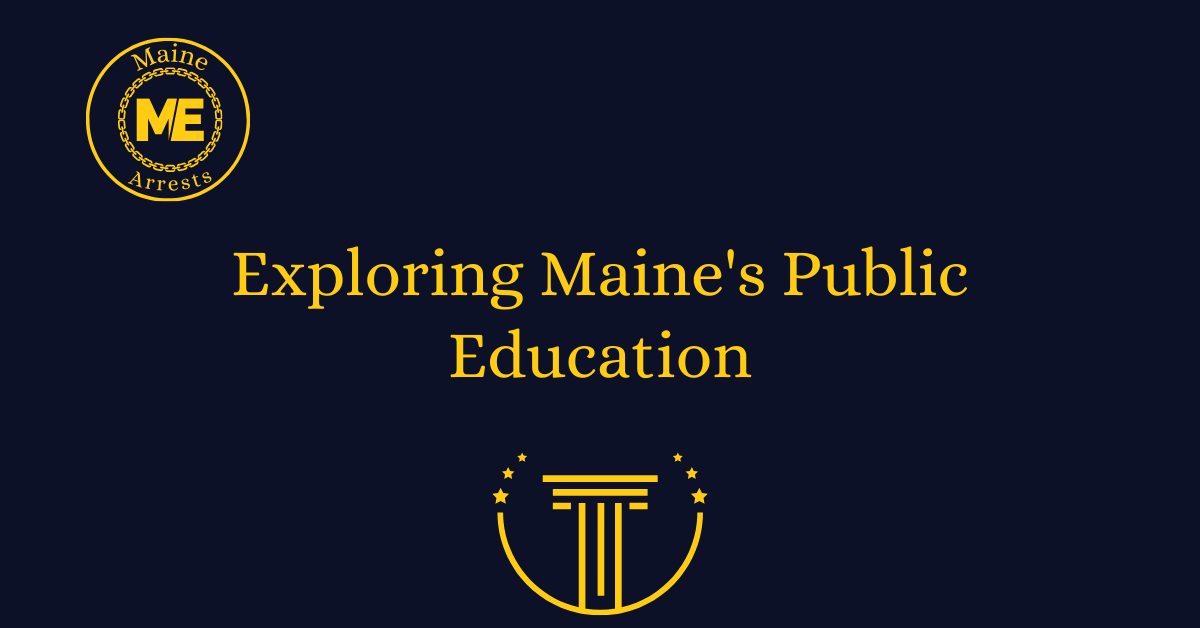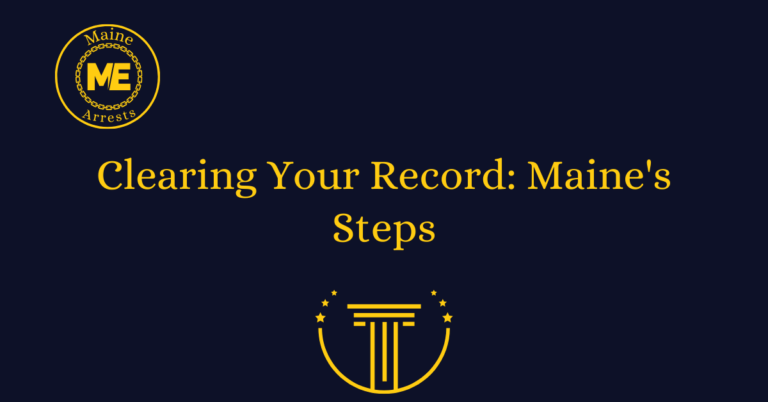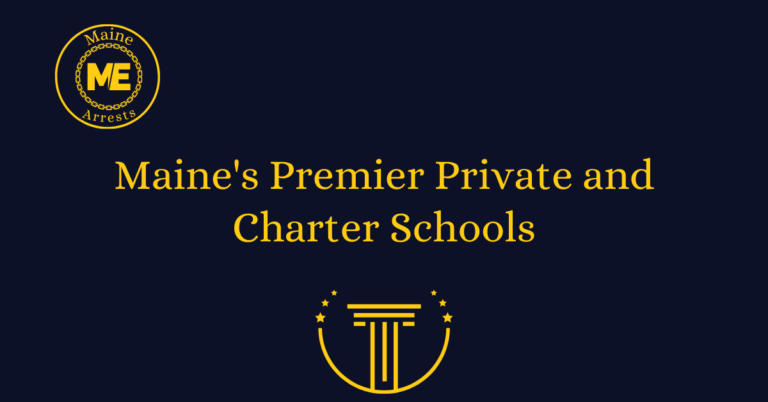Exploring Maine’s Public Education
Maine, known for its picturesque landscapes and vibrant communities, also boasts a robust public education system. With a commitment to providing quality education to all its residents, Maine’s public schools offer a diverse array of programs and resources. In this article, we delve into the key aspects of Maine’s public education system, exploring its structure, achievements, challenges, and initiatives.
Overview of Maine’s Education System
Maine’s education system is primarily governed by the Maine Department of Education, which oversees policies, curriculum standards, and funding distribution. The state is divided into multiple school administrative units (SAUs), each responsible for managing schools within its jurisdiction. These units range from small rural districts to larger urban areas, ensuring educational access across diverse communities.
Structure of Maine’s Public Schools
Maine’s public schools typically follow a K-12 structure, encompassing elementary, middle, and high school levels. Elementary schools serve students from kindergarten through grade five, while middle schools cater to grades six through eight. High schools complete the system, offering grades nine through twelve. Additionally, Maine has embraced innovative educational models, such as magnet schools and charter schools, to cater to varying student needs and interests.
Curriculum and Standards
The Maine Learning Results serve as the foundation for curriculum development and assessment in the state. These standards outline expectations for student learning across various subject areas, including mathematics, English language arts, science, social studies, and more. Furthermore, Maine prioritizes interdisciplinary approaches and experiential learning opportunities to foster critical thinking, creativity, and problem-solving skills among students.
Achievements and Recognitions
Maine’s public education system has garnered recognition for its commitment to academic excellence and innovation. Notably, the state consistently ranks among the top performers in national assessments, reflecting the effectiveness of its instructional practices and student outcomes. Moreover, Maine has received accolades for initiatives promoting inclusivity, environmental education, and cultural diversity within its schools.
Challenges and Areas for Improvement
Despite its achievements, Maine’s education system faces several challenges, including rural school funding disparities, workforce shortages, and achievement gaps among marginalized student populations. Additionally, the COVID-19 pandemic has exacerbated existing inequities and highlighted the need for enhanced support systems and resources to ensure educational continuity for all learners.
Initiatives and Future Directions
To address these challenges and propel Maine’s education system forward, various initiatives and reforms are underway. These include investments in teacher recruitment and retention, expansion of early childhood education programs, and enhancement of digital infrastructure to support remote learning. Furthermore, community partnerships, parental involvement, and stakeholder collaboration play crucial roles in shaping the future direction of Maine’s public education.
FAQs
What is the public education system in Maine like?
Maine’s public education system is known for its high quality and commitment to student success. With a strong emphasis on personalized learning, students have access to a variety of educational opportunities that cater to their individual needs and interests.
Are there any specialized programs available in Maine’s public schools?
Yes, Maine’s public schools offer a range of specialized programs to meet the diverse needs of students. These programs include gifted and talented education, special education services, career and technical education, and language immersion programs.
How are Maine’s public schools funded?
Maine’s public schools are primarily funded through a combination of state and local tax revenue. The state government allocates funds to each school district based on a formula that takes into account factors such as student enrollment and local property values.
What is the average class size in Maine’s public schools?
The average class size in Maine’s public schools varies depending on the grade level and school district. However, the state has made efforts to reduce class sizes and maintain a low student-to-teacher ratio to ensure personalized attention and quality instruction.
What extracurricular activities are available in Maine’s public schools?
Maine’s public schools offer a wide range of extracurricular activities to enhance students’ overall educational experience. These activities include sports teams, clubs, music programs, theater productions, and community service opportunities.
How can parents get involved in their child’s public education in Maine?
Parents are encouraged to play an active role in their child’s education in Maine. They can attend parent-teacher conferences, join parent-teacher organizations, volunteer in classrooms, and participate in school events and committees. Additionally, parents can communicate regularly with teachers and school administrators to stay informed about their child’s progress and any opportunities for involvement.







